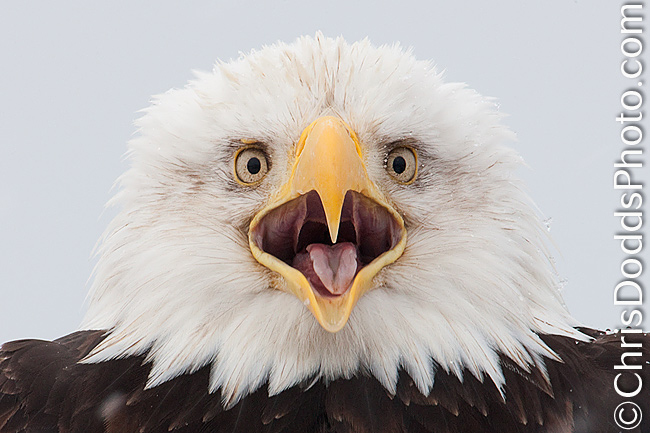A second summer Coastal Brown Bear grazing in the rain from my recently concluded ULTIMATE BROWN BEARS OF KATMAI WORKSHOP. I love cloudy and overcast light, especially when it is misty or drizzling in Katmai. The short grass in mid-June offers amazing low-angle images possible. The bears love the sweet, high-protein sedge and spend much time grazing like cows - smile.
One of the few reliable food sources for bears in the spring is Lyngbye's sedge (Carex lyngbyaei). On the Pacific coast of Katmai, large numbers of bears gather to graze like cattle when this sedge emerges in salt marshes. As it begins to grow, Lyngbye’s sedge is relatively high in protein and lower in crude fibre, making it easier for bears to digest and extract nutrition.



